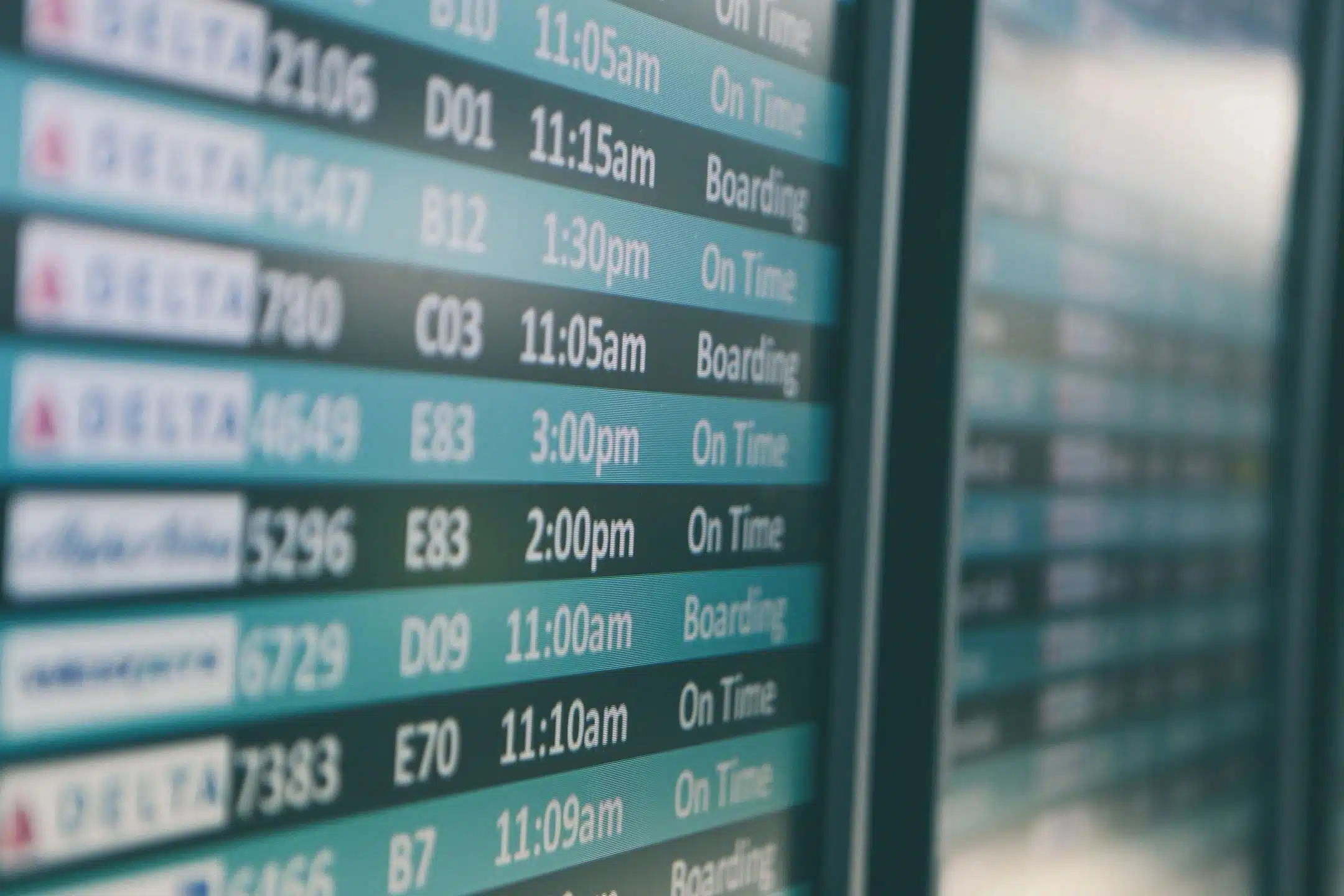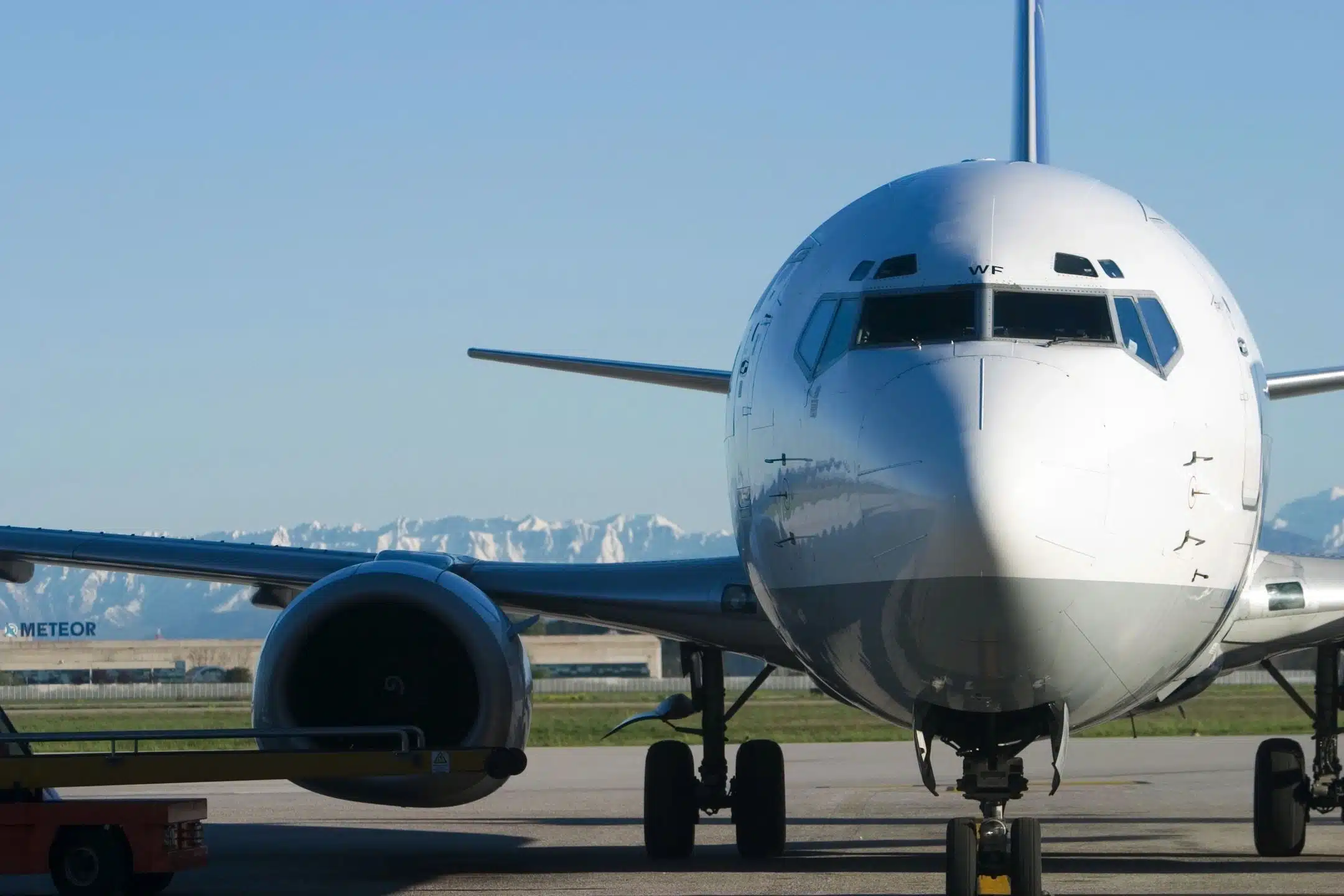I’ve been in Grand Cayman this week searching for things to do beyond the beach. Click here for a full report on what I found. But in this post, I focus on yesterday’s surprisingly entertaining visit to the Cayman Parrot Sanctuary.
Cayman Parrots
Grand Cayman is the largest of three islands that comprise the Cayman Islands, a British Overseas Territory. The archipelago’s national bird is the Cayman parrot, found only on two of the islands. You see the large birds flying wild throughout Grand Cayman. Although technically protected by law, the parrots traditionally were kept as prized pets in local homes. Shrinking habitats and illegal trapping eventually threatened their survival.
Consequently, enforcement of the law increased in 2020, after an amnesty period when existing pet owners had to register and chip their parrots. Now, the rules against trapping, selling, and possessing unregistered Cayman parrots are strictly enforced, and the birds are confiscated from violators.
Cayman Parrot Sanctuary
Ron Hargrave, a local restauranteur, opened the sanctuary a month after the amnesty period expired. He originally planned a playground for local kids, but the project expanded to include a home for confiscated and injured parrots. Now it also shelters rabbits, snakes, guinea pigs, hermit crabs, turtles, and a variety of colorful birds. Some of the animals are brought to the sanctuary when their owners pass away. Other non-native, pet birds were found in the wild after escaping their homes and relocated to the safety of the sanctuary.
Regina Nowak manages the refuge and said the aim is to return as many Cayman parrots as possible to the wild. It’s a goal they’ve reached many times over. However, some of the parrots— injured or otherwise unsuited to rehabilitation— will remain at the sanctuary for life.
Poached from the Nest
In one instance, a feathered resident simply refused to move out. Rebecca is a Cayman parrot that was poached from the nest by traders and sold as a pet. Authorities later confiscated her and brought her to the sanctuary. After successful rehabilitation, Rebecca was released in the wild— but she bonded with one of her male caregivers and regularly returns to follow him around the park. On most days you can spot her flying freely about the sanctuary. At least 17 of Rebecca’s fellow Cayman parrots, though, returned permanently to their natural habitat.
Cayman Parrot Sanctuary: Coco, the Star of the Show
Easily the star of the show, though, is Coco— an umbrella, or white, cockatoo. Cockatoos are a type of parrot that imitates people and other animals surprisingly well. Locals found Coco perched on a boat, but no one knows how he got there. A cockatoo like Coco runs about $3,000, so it’s odd nobody claimed him. But umbrella cockatoos are native to Indonesia, so it’s nearly certain he was a pet.
No worries, though. Coco is having a ball at the sanctuary. He bounces and dances energetically and clearly enjoys interacting with his many admirers. He talks quite clearly and laughs convincingly. When left alone, Coco loudly mimics a crying child perfectly until someone checks on him. In fact, experts say owning a cockatoo is like spending your life with a toddler. In captivity, a cockatoo lives about 70 years— two or three times longer than in the wild.
Other Animal Interactions at Cayman Parrot Sanctuary
Included with the price of admission to the sanctuary are several interactive experiences. Kids especially will enjoy feeding guinea pigs and rabbits and holding snakes. People of all ages will get a kick from the birds— you can enter large enclosures and feed cockatiels and sun conures (parakeets).
The friendly, active, and brightly colored conures were especially fun and not a bit shy about landing on arms, heads, shoulders, and shoes. (They seemed especially intrigued by shoelaces and the button on top of baseball caps.) And of course, Coco is a show by himself, although you can’t interact directly with him— he bites.
Escapee
While meandering through the sanctuary I spotted something unexpected— a black faced love bird clinging to the outside of an aviary filled with other love birds. The ones inside were passing food to him through the mesh. At first I thought he was a wild bird who bonded with his brethren for free meals.
Regina, the manager, corrected me. He was too domesticated to survive in the wild and actually escaped his enclosure. One of the caregivers returned him to safety.
Cayman Parrot Sanctuary: Hours and Cost
The Cayman Parrot Sanctuary is open Wednesday to Sunday from 09:00 to 16:00. Admission is CI $10 (US $12.50) for children aged 3-15 and CI $16 (US $20) for people aged 16-64. It’s free for everyone else. Show your ticket at Tukka restaurant just up the street and get 10% off your meal.
The Cayman Parrot Sanctuary is fairly small, and you only need about 90 minutes there. It’s located 45 minutes from Seven Mile Beach on the east end of Grand Cayman. A trip here is easily combined with visits to the nearby blow holes and Cayman crystal caves.
Final Thoughts
I saw a lot of parents and grandparents with children at the sanctuary— and the adults had as much fun as the kids. It’s a less costly alternative to the high-priced family activities elsewhere on the island. Visit the Cayman Parrot Sanctuary’s Facebook page for more information and read my article about more things to do beyond the beach in Grand Cayman.







